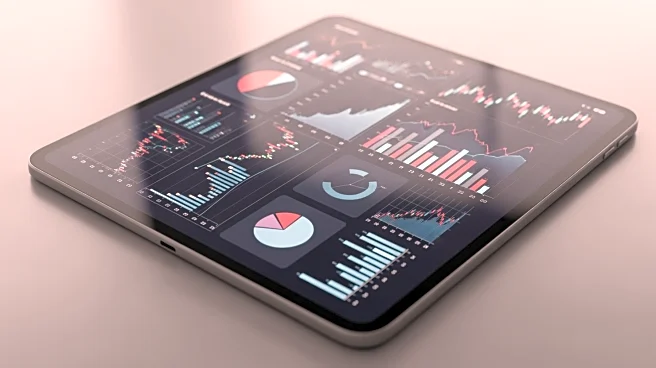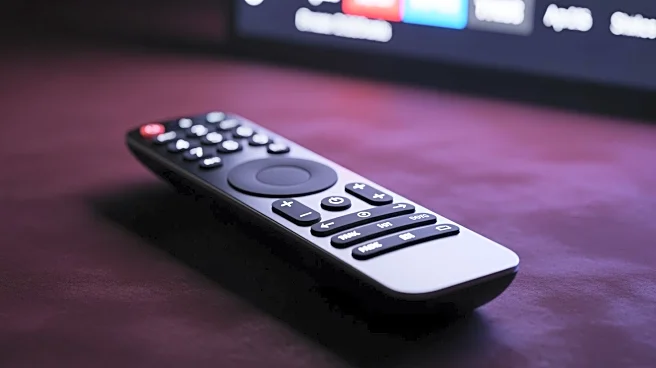What's Happening?
Streaming services, once seen as a cost-effective alternative to cable, are experiencing significant price increases, prompting many subscribers to reconsider their subscriptions. According to market research firm Park Associates, the average streaming
subscriber now pays $109 per month for six services. Recent price hikes from major platforms like Disney Plus, Hulu, and HBO Max have contributed to this trend. As a result, consumers are encouraged to evaluate their streaming habits and cancel services they rarely use. The process of canceling subscriptions varies by provider, with some requiring navigation through settings menus on platforms like Amazon, Roku, or Apple.
Why It's Important?
The rising costs of streaming services are impacting consumer budgets, potentially leading to a shift in how people access entertainment. As prices increase, subscribers may opt to cancel services, affecting the revenue streams of major streaming companies. This trend could lead to increased competition among providers to offer more attractive pricing or bundled options. Additionally, the shift may influence the development of alternative solutions, such as Plex servers, for accessing content. The financial strain on consumers could also impact broader economic patterns, as discretionary spending on entertainment adjusts.
What's Next?
As streaming services continue to raise prices, consumers are likely to become more selective about their subscriptions. This could lead to increased demand for platforms that offer flexible pricing or unique content. Streaming companies may need to innovate to retain subscribers, potentially through exclusive content or improved user experiences. Additionally, the industry might see a rise in partnerships or mergers to offer more competitive pricing. Consumers will need to stay informed about their subscription options and manage their digital expenses effectively.














